Not everyone has a garden. That doesn’t mean you can’t grow things. If you’ve got a balcony, a wall, a windowsill, or even just a fence, you’ve got enough space for herbs. And herbs are useful. They’re not just green and pretty. They smell good. They make meals taste better. They feel like a small win every time you snip a bit off.
So, here’s how you can build a vertical herb garden that actually works.
Step One: Pick a Decent Spot
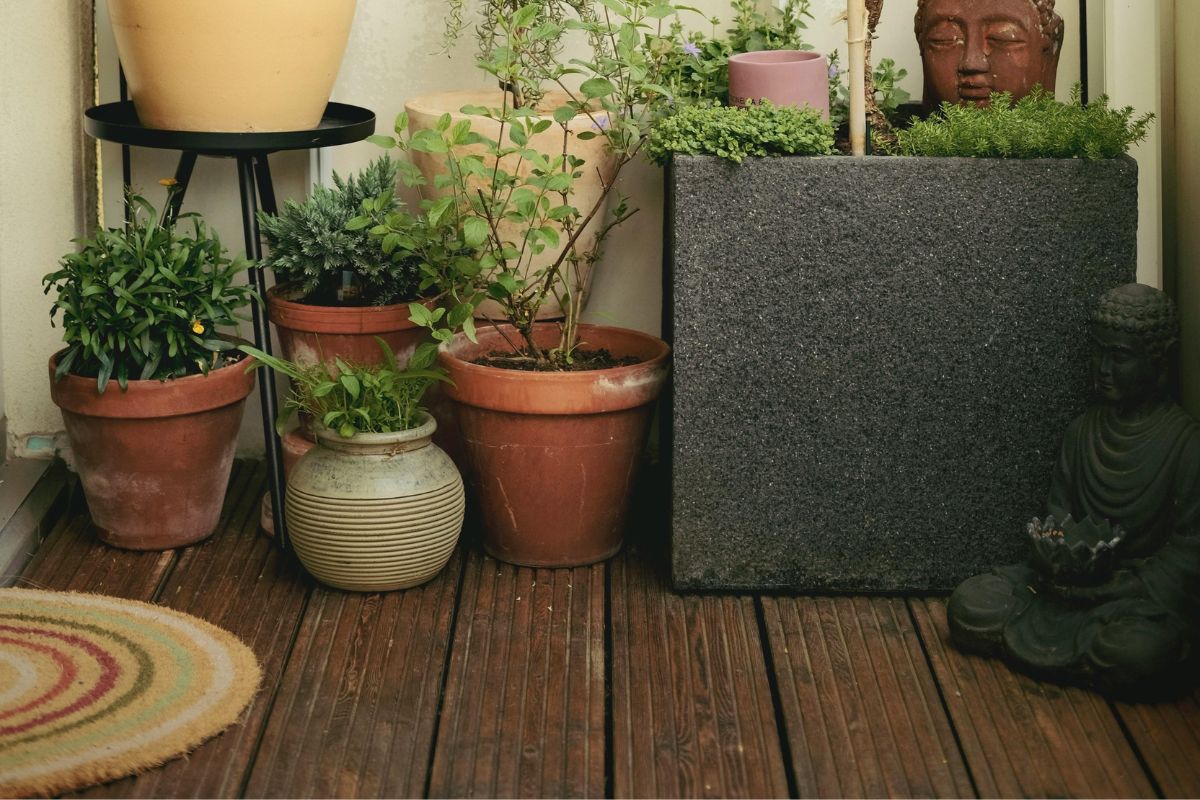
This bit matters more than people think. Herbs don’t want to live in the dark. If they could talk, they’d ask for sunshine and maybe a little breeze—not a wind tunnel, though.
South-facing walls are your best bet. If you’re in a flat with a balcony, that’s ideal. No balcony? A sunny windowsill or even the side of a shed works too. Got a fence that gets a few hours of light? That’s good enough for some herbs.
Don’t overthink it. You don’t need the perfect spot. Just one that gets decent light and isn’t freezing cold all day.
Step Two: Pick Herbs You’ll Actually Use
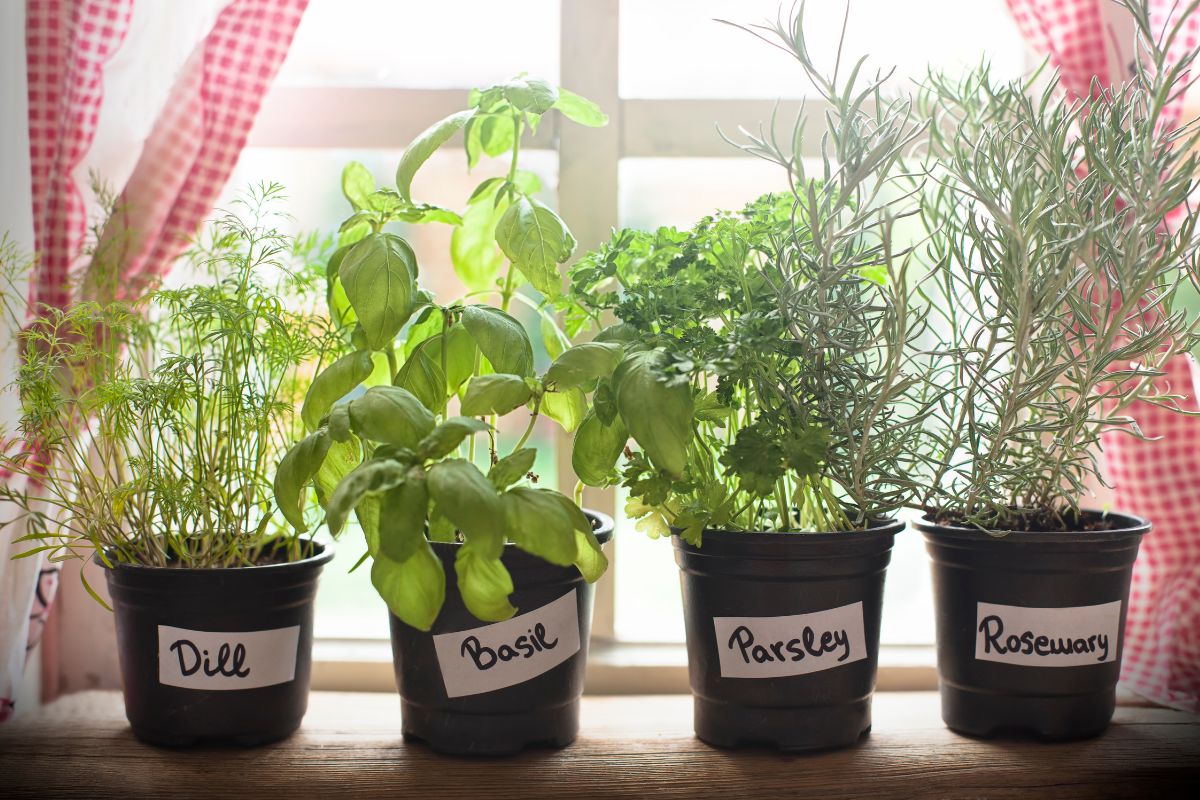
You know what’s silly? Growing herbs you don’t like just because they look good. Grow what you eat. Love roast potatoes? Rosemary’s your friend. Into pasta? Go for basil. Making chai or mojitos? Mint is a no-brainer.
Here’s a few to get you started:
- Basil – Loves warmth. Don’t let it dry out.
- Mint – Grows like it’s on a mission. Keep it in its own pot.
- Parsley – Doesn’t fuss too much. Just water it now and then.
- Rosemary – Needs very little. Smells amazing when it rains.
- Thyme – Low effort, big flavour.
- Chives – Looks like grass. Tastes like spring onions.
- Coriander – Does its best in cooler spots. Bolts quickly, so use it while it lasts.
Start with three or four. That’s more than enough to keep your cooking interesting.
Step Three: Find Something to Grow Them In
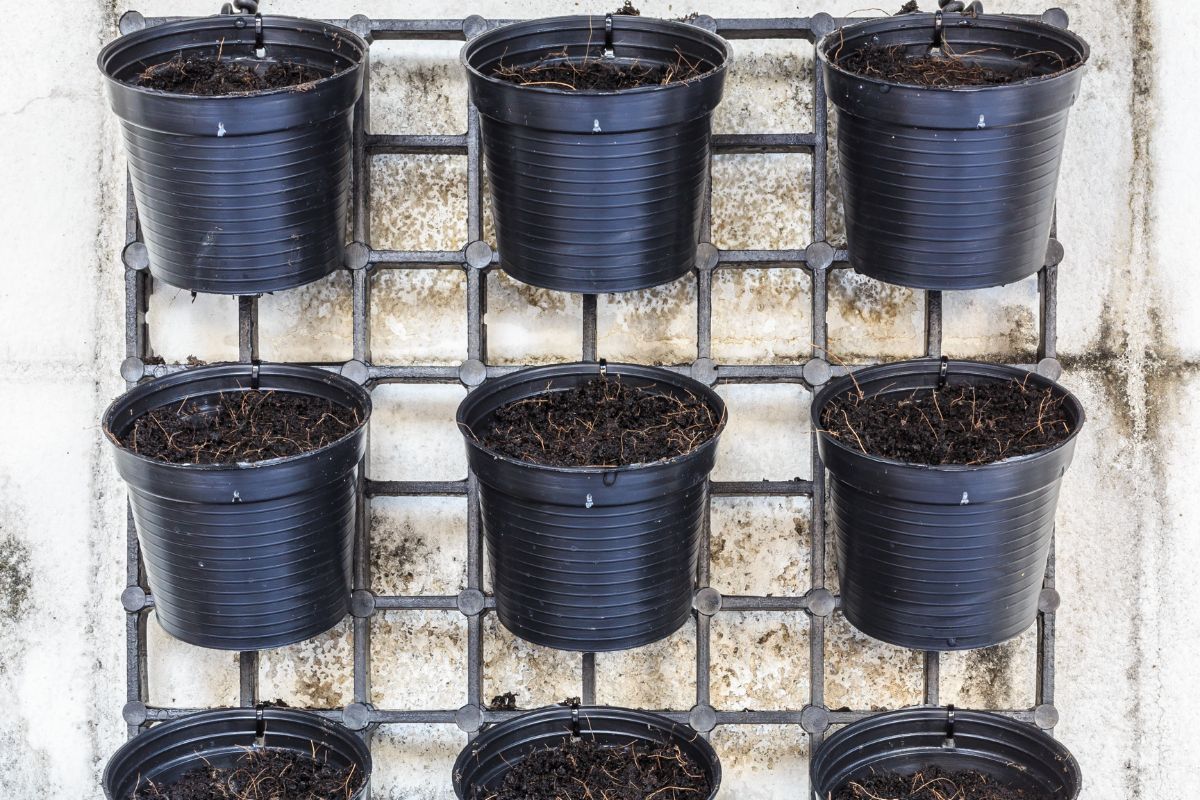
This is where it gets fun. You don’t need fancy vertical garden kits. Use what you have.
Some ideas:
- An old wooden pallet leaning against the wall.
- A fabric shoe organiser hung on a door.
- A ladder with a few plant pots stacked on the steps.
- Hanging pots from fence posts or nails on the wall.
- A collection of tin cans with holes punched in the bottom.
As long as the plants have room, soil, and drainage, they’re fine. No need to get fancy unless you want to.
If you’re buying pots, go for ones with drainage holes. Otherwise, poke some in. Trust me—soggy herbs are sad herbs.
Step Four: Pot Them Properly
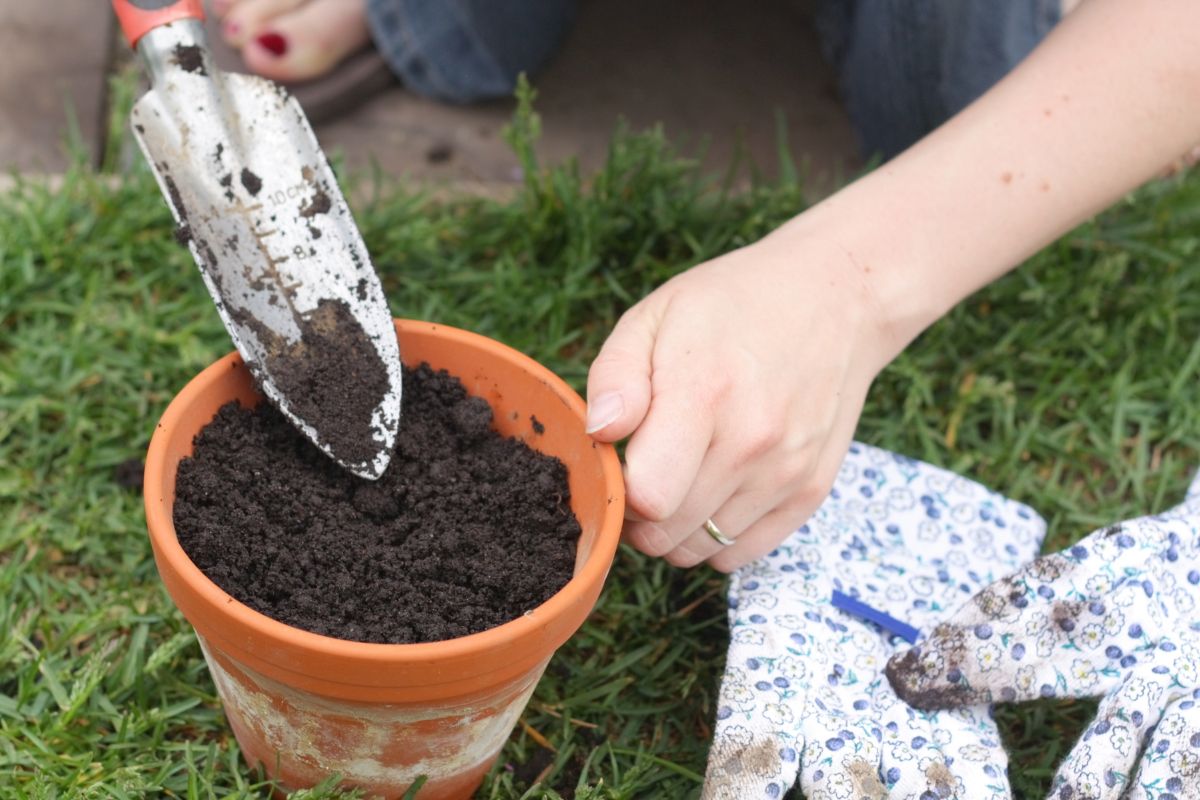
Don’t chuck garden soil into a pot and call it done. It’s too heavy and can mess with drainage. Use a decent compost. One that says it’s for containers or pots is perfect.
Scoop in the soil. Pop in the herb. Pat it down gently. Water it once. Done.
Label the herbs if you think you’ll forget which one’s which. Early on, they all kind of look the same.
Don’t cram them too close together. Give them breathing room. Think of it like seating on a train—herbs like a bit of space too.
Step Five: Keep Them Alive
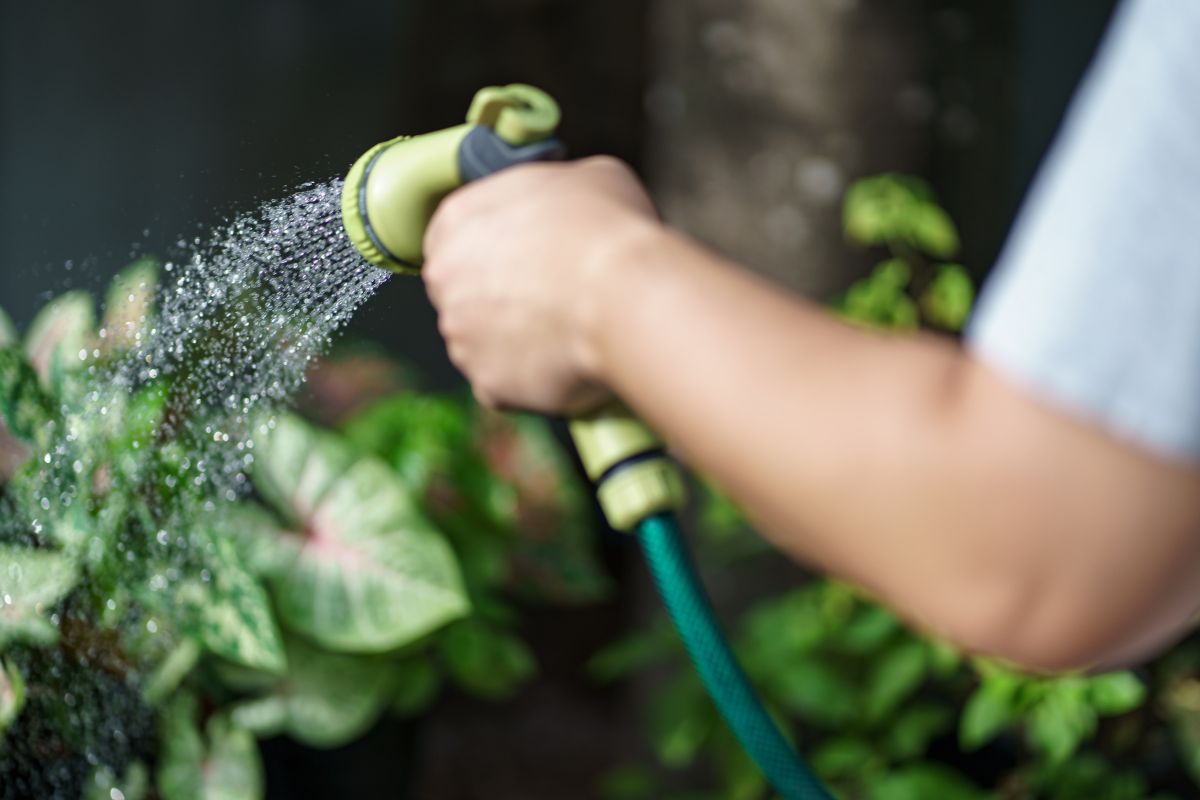
Here’s the trick: herbs don’t want too much attention. They’re not fussy. They just need the right kind of care.
Water when the top inch of soil feels dry. Not bone dry. Not soaking wet. Just dry-ish. Stick your finger in. If it feels dry up to the first joint, it’s time.
Feed them once every two or three weeks. Use a liquid fertiliser. You’ll find one at any garden centre. If it says “for herbs” or “for vegetables,” you’re good.
Snip often. Use the herbs. Don’t be shy. If you leave them alone too long, they’ll flower. That’s fine, but once they flower, the leaves lose flavour.
Example Setup
Let’s say you live in a flat in Birmingham with a tiny balcony. You’ve got a wall that gets afternoon sun.
You take an old ladder you found in your dad’s garage. Give it a wipe. Put a few pots on each step. Rosemary and thyme go up top, where it’s hottest. Basil and parsley get the shadier lower steps. You chuck a mint plant in a tin can and hang it from the side.
That’s it. You water them every few days. Snip what you need. It looks nice. Smells great. Feels like you’re doing something with your space.
Winter Stuff
UK winters aren’t great for herbs. Some, like rosemary and thyme, can tough it out. Others, like basil and coriander, will call it quits.
Before the frost hits, move pots indoors if you can. A sunny kitchen windowsill works fine. If you can’t bring them in, wrap them up at night. Garden fleece or even an old towel works.
Another trick? Chop them up and freeze them in ice cube trays with a bit of olive oil. Perfect for soups or stews later.
Little Touches That Make It Yours
Paint the pallet. Hang little signs. Add fairy lights if you want. Put a cushion nearby and make it a chill corner. It doesn’t have to be perfect. It just has to be yours.
Plants make places feel better. That’s just a fact.
Final Talks
A vertical herb garden won’t solve every problem. But it might make your space feel a bit more alive.
You don’t need loads of money. Or loads of time. Just a wall, some pots, and a bit of curiosity.
Start with what you’ve got. Add to it when you can. Don’t stress if something dies. That’s part of it.
At the end of the day, you’ve got fresh herbs, a greener corner, and maybe even a reason to cook more. That’s not bad, is it?

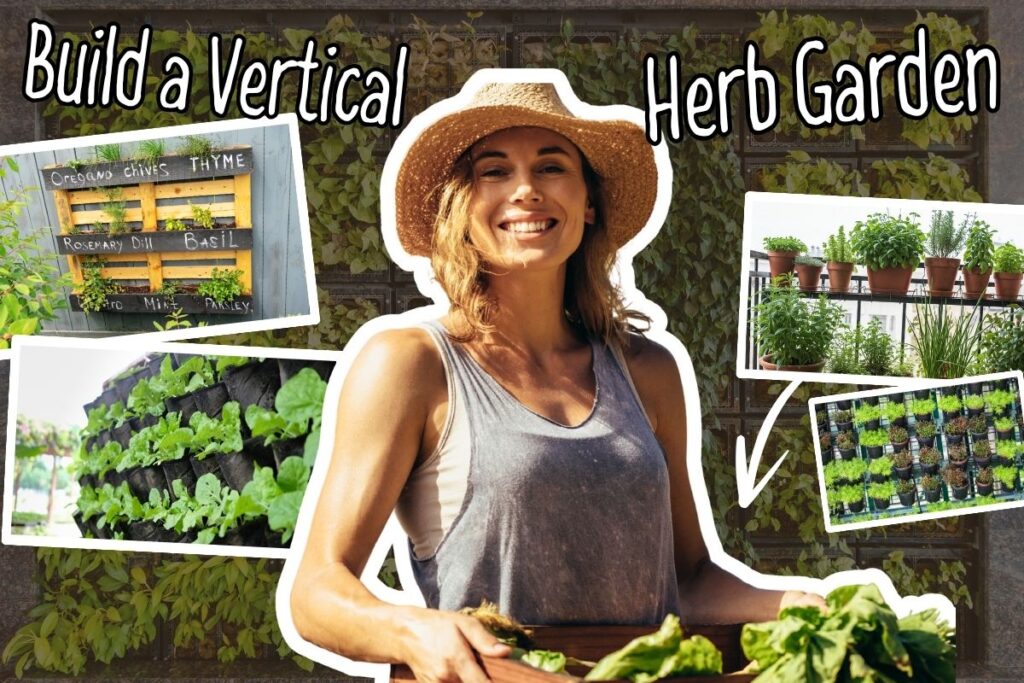
Leave a Reply